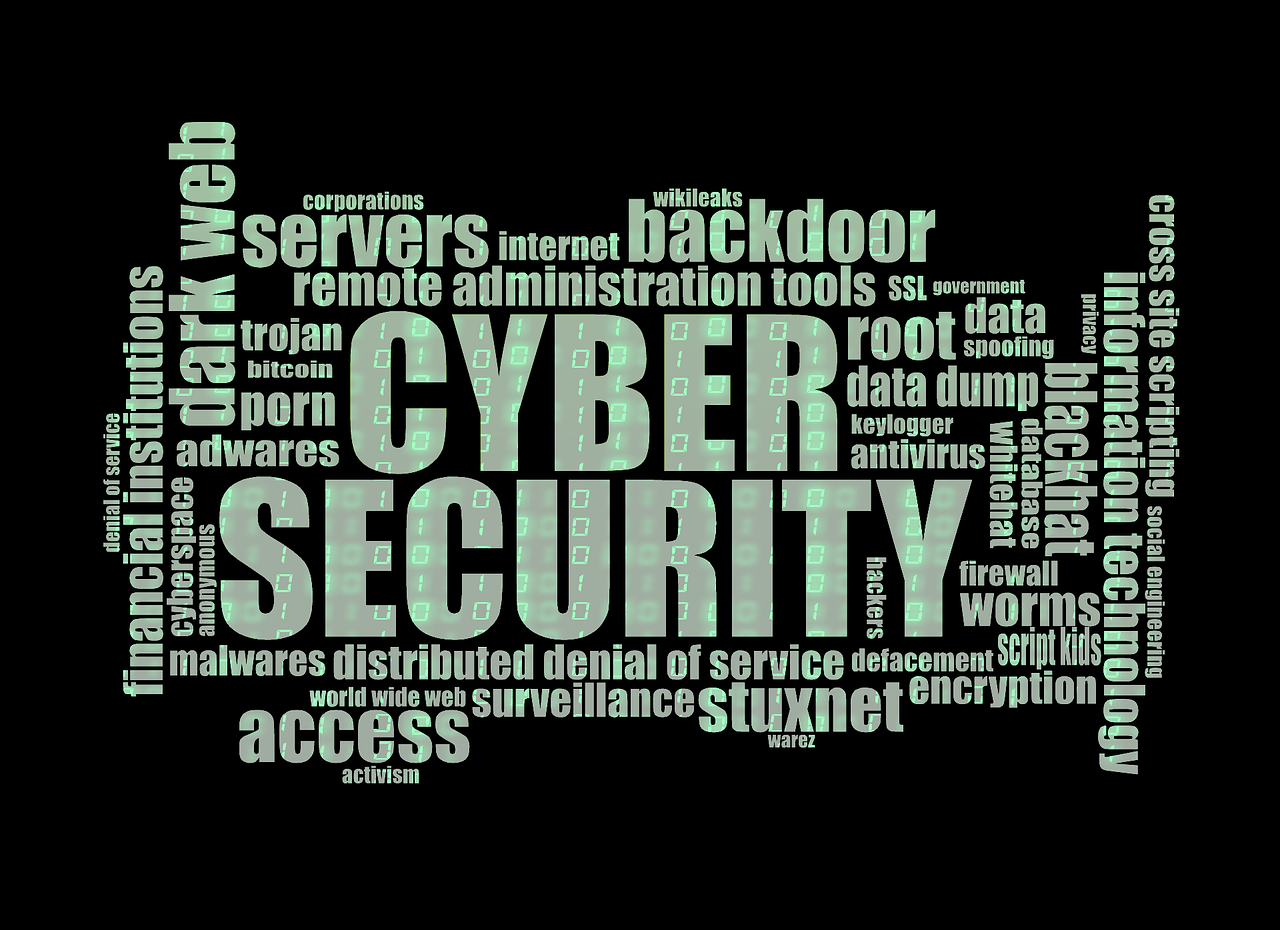 Cybercriminals have devised a new method to deceive businesses and dark web data buyers: faking data breaches. This tactic leverages advanced AI technology to create convincing, yet entirely fabricated, data sets. As businesses strive to protect their data and maintain their reputation, understanding this threat is crucial to developing effective defense strategies
Cybercriminals have devised a new method to deceive businesses and dark web data buyers: faking data breaches. This tactic leverages advanced AI technology to create convincing, yet entirely fabricated, data sets. As businesses strive to protect their data and maintain their reputation, understanding this threat is crucial to developing effective defense strategies
With that being said, it’s better to take our completely FREE Cybersecurity Risk Assessment to protect your business at all times! If you’re in doubt, you must should see the 5 advantages of partnering with reliable IT company.
The Car Rental Fake Data Breach Incident
Earlier this year, a prominent car rental company became the target of such an attack. Cybercriminals posted on the dark web, claiming to sell private information about this car rental company’s customers. This prompted the car rental company to launch a formal investigation, only to discover that the data being sold was fake. The falsified information was likely created using generative AI, demonstrating the sophisticated methods cybercriminals now employ.
How Cybercriminals Create Fake Data
Using AI Tools
Cybercriminals utilize AI tools like ChatGPT to generate realistic-looking data sets quickly. These tools allow them to create data that includes correctly formatted names, addresses, emails, and local phone numbers. By making the data appear legitimate, they increase the chances of deceiving both businesses and dark web buyers.
Online Data Generators
In addition to AI tools, hackers use online data generators designed for software testing to create large volumes of fake data. These generators can produce comprehensive data sets that look authentic, further aiding in the deception. Once they have these data sets, hackers target specific companies, claiming to have stolen the data, and then post it on the dark web.
Motivations Behind Fake Data Breaches
Creating Distractions
One of the primary reasons cybercriminals commit fake data breaches is to create distractions. By claiming a data breach, they can divert a company's attention and resources towards investigating the fake breach. This distraction makes it easier for them to launch real attacks from other angles, as the company’s defenses may be lowered.
Bolstering Reputation
Reputation within the hacker community is highly valued. By targeting well-known brands and publicly claiming breaches, cybercriminals can earn notoriety and respect among their peers. This can enhance their status and open up more opportunities within the underground community.
Manipulating Stock Prices
For publicly traded companies, the announcement of a data breach can cause significant stock price fluctuations. Cybercriminals exploit this by faking breaches to induce panic, leading to rapid drops in stock prices. They can then manipulate the market for financial gain, taking advantage of the resulting chaos.
Learning Security Systems
Faking a data breach provides cybercriminals with valuable insights into a company’s security protocols. By observing how a company responds to a supposed breach, they can learn about its security measures, response times, and detection capabilities. This information helps them refine their strategies for future attacks.
The Impact on Businesses
Even when the data is fake, the repercussions for businesses can be severe. The initial announcement of a breach can damage a company's reputation, cause financial losses, and erode customer trust. For instance, Sony was targeted by a ransomware group that falsely claimed to have breached its network. Despite the claim being false, the damage to Sony’s reputation was significant, demonstrating the serious consequences of such scams.
How To Prevent Fake Data Breaches
1. Actively Monitor the Dark Web
Proactive monitoring of the dark web is essential. Your cybersecurity team should regularly check for any signs of your data being sold. If you encounter a claim, investigate immediately to verify its authenticity and mitigate potential damage.
2. Have a Disaster Recovery Plan
A well-prepared disaster recovery plan is vital. This plan should outline clear communication strategies and response actions in the event of a data breach. Having a plan in place ensures that your team knows how to respond effectively, minimizing confusion and damage.
3. Work with a Qualified Professional
Partnering with a MYDWARE IT Solutions Inc. expert can greatly enhance your protection. Our team of professionals have the expertise to monitor your network, identify vulnerabilities, and implement robust security measures. We can also handle dark web monitoring and ensure your disaster recovery plan is comprehensive and effective.
4. Proactive Security Measures
Taking proactive steps is key to safeguarding your organization against both real and fake data breaches. By actively monitoring your network and the dark web, you can stay ahead of potential threats. If you're uncertain about your current security measures, consider getting a no-obligation, third-party security assessment. We offer a FREE Security Risk Assessment to help you identify vulnerabilities and ensure your network is secure—take it TODAY!
Darryl Cresswell
CEO & President
MYDWARE IT Solutions Inc.




